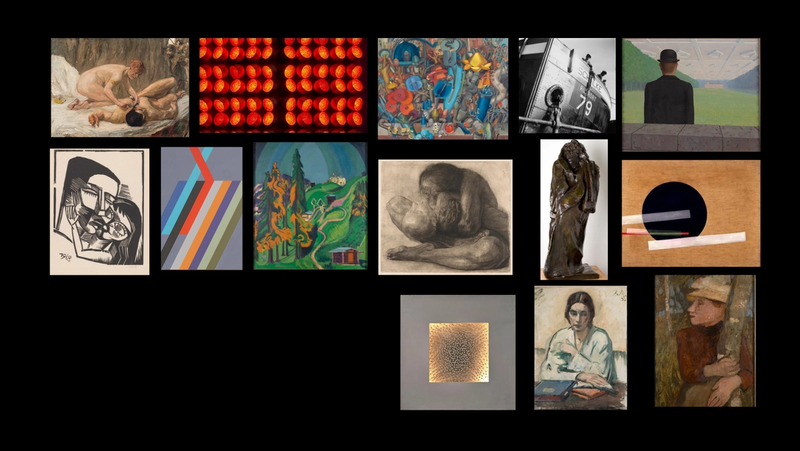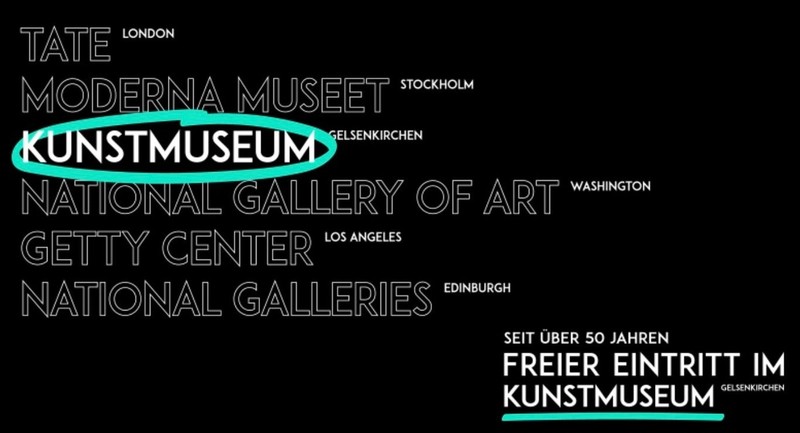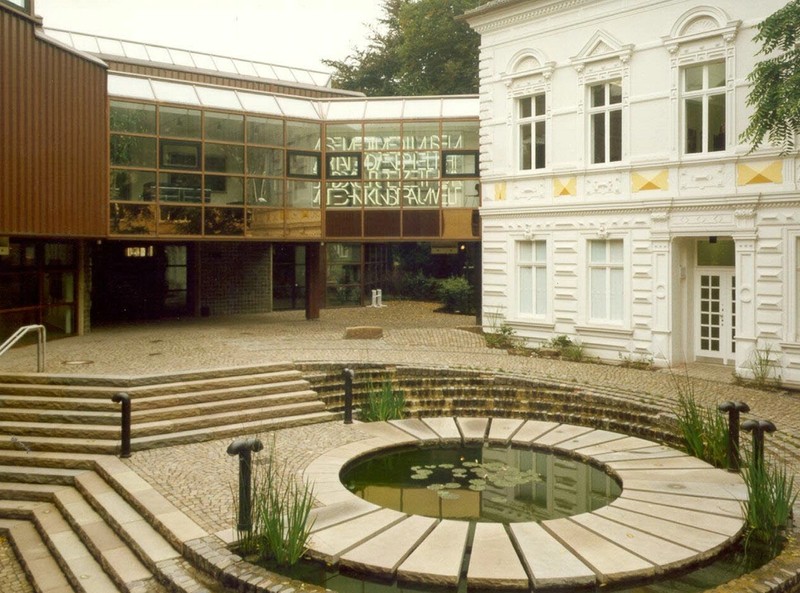Museum
About us
The Kunstmuseum Gelsenkirchen is open to everyone, fosters diversity and creativity and connects people and art ranging from late nineteenth century to the present. Apart from the fields of collecting, conservation and research, the central focus of our work lies particularly on exhibiting and art education. As a place for reflection and experience for a broad audience, the Kunstmuseum Gelsenkirchen enables new insights into and encounters with art also thanks to its policy of free admission – introduced already in 1962!
Renowned throughout the country, the museum’s kinetic art collection of more than 80 international exhibits is the largest municipal collection of its kind in Germany. But there is much more to discover here besides: highlights of Classical Modernism, a collection of over 3,000 prints and drawings spanning several epochs, numerous examples of Constructive and Concrete art, and a contemporary exhibitions programme with international artists that allies the Kunstmuseum Gelsenkirchen with current developments in art.
history
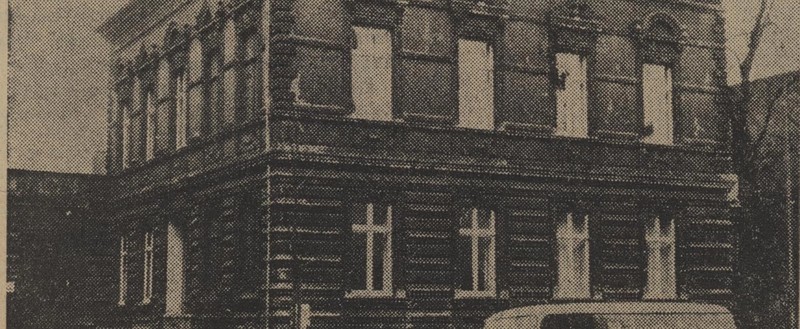
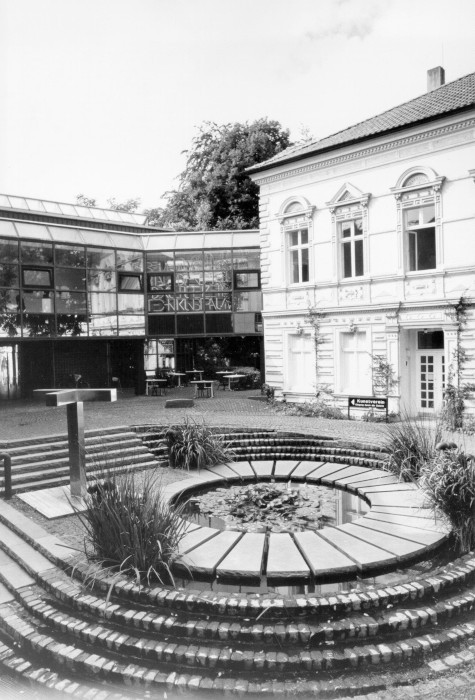
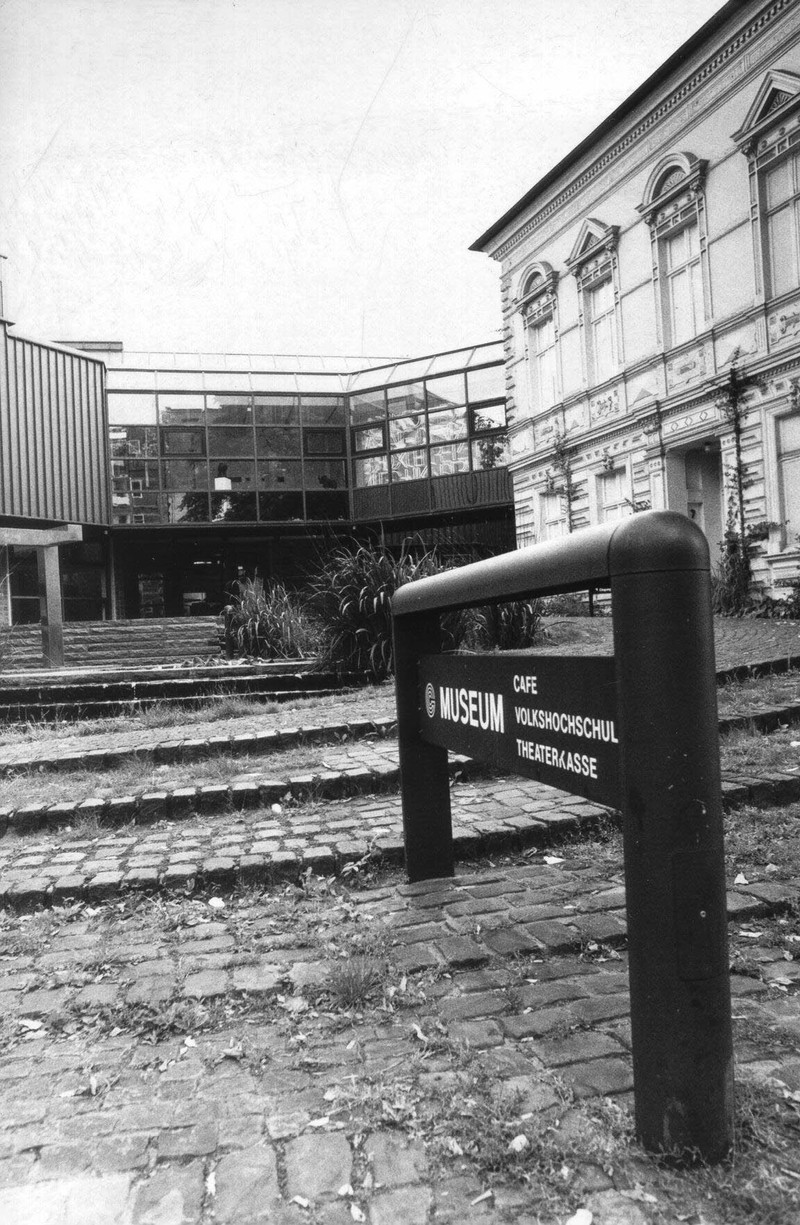
RuhrKunstMuseen

Art in Public Spaces
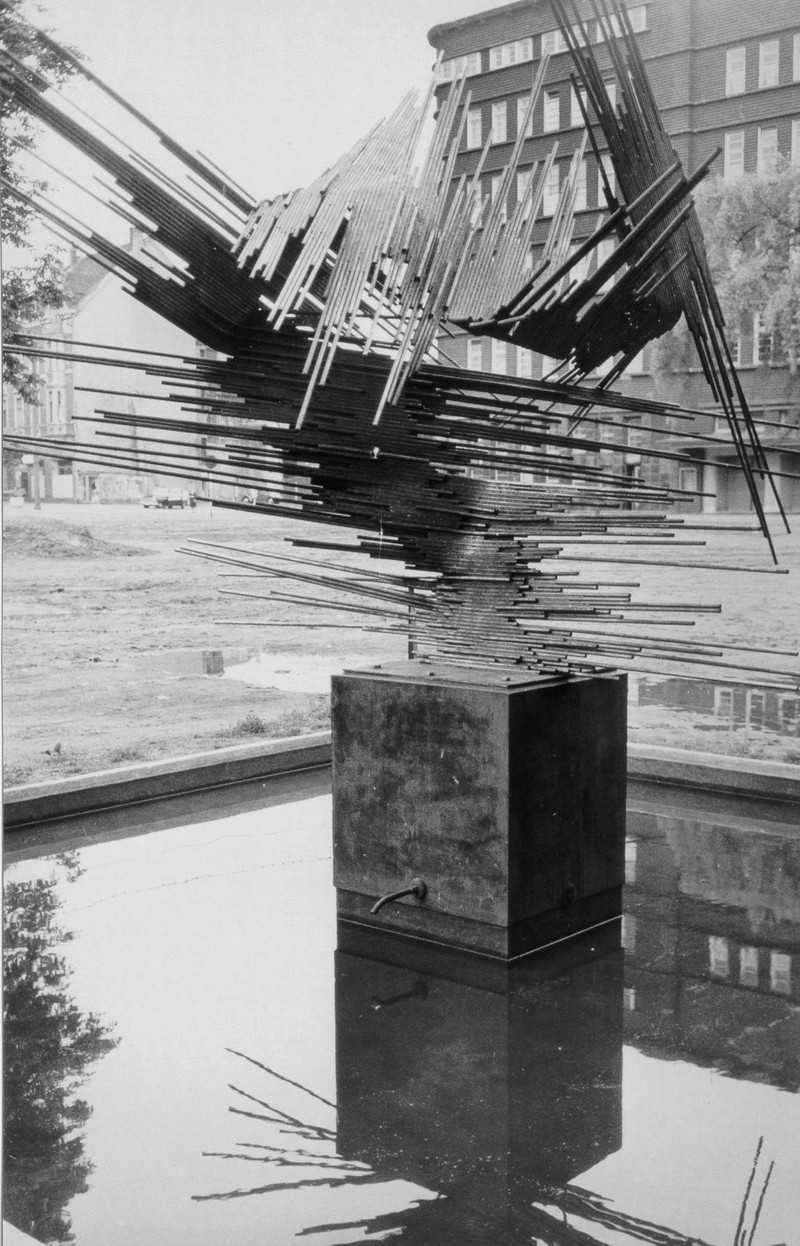
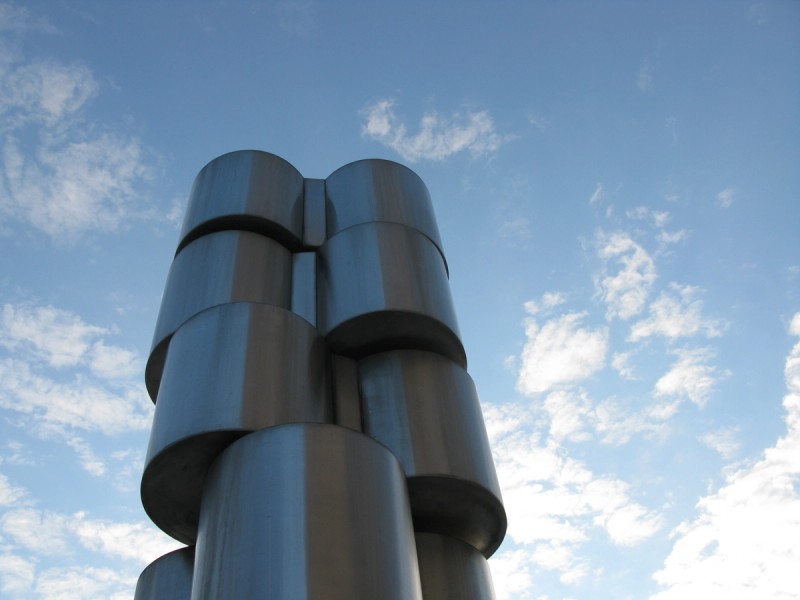
Team
Info
Tuesday to Sunday 11 a.m. - 18 p.m.
free entry, fully accessible
The museum is closed on May, 1st and from Christmas Eve until New Year's Day.
Tram 301 (Buer Rath. / Kunstmuseum)
Tram 302 (Buer Rathaus)
Address: Horster Str. 5-7, 45897 Gelsenkirchen.
There is a car park behind the museum (fee required).


